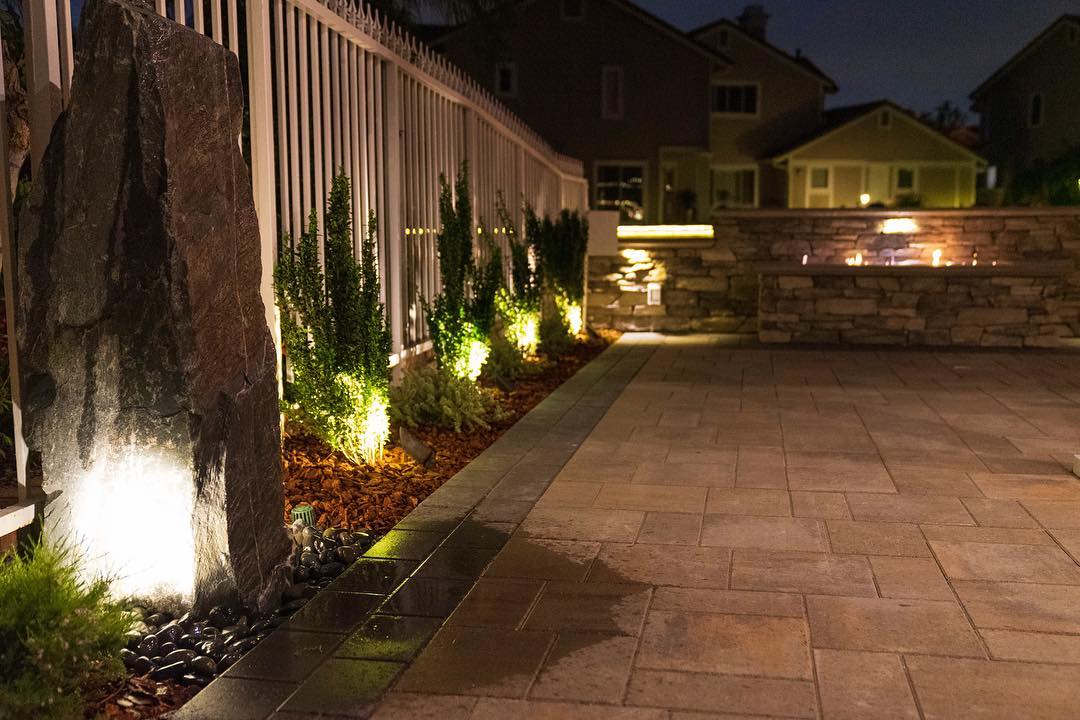Key Takeaways
- Assess your needs for privacy, security, and aesthetics before choosing a fence material.
- Consider durability and maintenance when selecting a fence to ensure it will last and fit your lifestyle.
- Different materials like woodWood is a natural, organic material derived from trees, commonly used in landscaping and constructio..., vinyl, metal, and composite offer various benefits; choose based on your requirements.
- Budget for both initial costs and long-term maintenance to make an informed decision.
- Climate and weather resistance are crucial in selecting a fence material that will endure local conditions.
Choosing the right fence material for your backyard patio is an important decision. The fence you select will affect not only the look of your outdoor space but also its functionality, security, and privacy.
With so many options available, it can be overwhelming to determine which material best suits your needs. This guide will help you navigate the process of choosing the best fence material by breaking down the key factors to consider.
From understanding your specific requirements to evaluating different materials, we’ll cover everything you need to know to make an informed choice.
How to Choose the Best Fence Material for Your Backyard?
When choosing a fence material, it’s important to start by understanding your needs. Different materials offer various benefits and drawbacks, so the best choice depends on what you want from your fence.
Whether it’s privacy, security, aesthetics, or durability, assessing your requirements is the first step.
Assess Your Requirements
Before deciding on a fence material, it’s crucial to evaluate what you need from your fence. Consider what you want the fence to achieve and how it will be used.
- Privacy: Determine how much privacy you want. If privacy is a priority, solid panels may be better than open designs.
- Security: Consider the levelA level is a tool used to determine whether a surface is horizontal (level) or vertical (plumb). It ... of security needed. For more protection, sturdier materials like metal or composite are ideal.
- Aesthetics: Think about how the fence will look in your yard. The material should complement your home’s style and landscaping.
Check Different Types of Fence Materials
There are several common fence materials, each offering unique benefits. Understanding these materials will help you in choosing fence material that is right for your house.
Wood Fencing
Wood is a classic choice for fencing, offering a natural and warm appearance. It can be customized with various finishes and styles.
- Customizable: Wood can be painted or stained in many colors, allowing for personalization.
- Privacy: Wood panels provide excellent privacy, blocking views from the outside.
- Cost-effective: Generally, wood is more affordable than other materials, especially for large areas.
Vinyl Fencing
Vinyl fencing is a low-maintenance option that’s becoming increasingly popular. It’s durable and available in a variety of styles.
- Low maintenance: Vinyl doesn’t require painting or staining and is easy to clean.
- Durable: Resistant to rot, insects, and weather, vinyl fences can last many years.
- Variety of styles: Available in many designs, vinyl can mimic the look of wood without the upkeep.
Metal Fencing
Metal fencing, including options like iron and steelSteel is a strong, durable alloy made primarily of iron and carbon, commonly used in construction an..., offers strength and a modern look. It’s ideal for security and durability.
- Strong and secure: Metal fences are hard to break or cut through, offering excellent security.
- Long-lasting: With proper care, metal fences can last for decades without significant wear.
- Modern appearance: Metal gives a sleek, contemporary look to your property.
Composite Fencing
Composite fencing combines wood fibers and plastic to create a durable, eco-friendly option. It’s designed to look like wood but requires less maintenance.
- Low maintenance: Composite doesn’t need painting or staining and is resistant to rot and insects.
- Eco-friendly: Made from recycled materials, composite fencing is an environmentally conscious choice.
- Wood-like appearance: Offers the look of wood with greater durability and less upkeep.
Chain Link Fencing
Chain link fencing is a practical and budget-friendly option, often used for security or boundary marking. It’s not the most attractive but is very functional.
- Affordable: Chain link is one of the most cost-effective fencing materials.
- Durable: Resistant to weather and wear, chain link fences last a long time with minimal maintenance.
- Low visibility: While it doesn’t offer privacy, it clearly marks boundaries without obstructing views.
Aluminum Fencing
Aluminum fencing offers a lightweight, rust-resistant option that’s both durable and attractive. It’s often used for decorative or security purposes.
- Rust-resistant: Aluminium won’t rust, making it ideal for wet climates.
- Lightweight and sturdy: Easy to install and strong enough to provide security.
- Attractive designs: Available in various styles and colors, aluminum can enhance your property’s curb appeal.
Consider Durability and Maintenance
The durability and maintenance of your fence are key factors to consider. Some materials require regular upkeep, while others are more resilient to wear and tear.
- Longevity: Choose a material that will last long enough to justify the investment. Consider factors like weather resistance and susceptibility to pests.
- Maintenance requirements: Some materials, like wood, need regular maintenance, while others, like vinyl or aluminum, are virtually maintenance-free.
- Cost of maintenance: Factor in the ongoing cost of maintaining the fence, such as painting, staining, or repairs.
Check Costs and Budget
Your budget will play a significant role in choosing the right fence material. Different materials have varying costs, both for initial installation and long-term maintenance.
- Initial cost: Consider the upfront cost of purchasing and installing the fence. Some materials, like wood or chain link, are cheaper initially, while others, like composite or metal, may be more expensive.
- Maintenance cost: Don’t forget to account for the long-term costs of upkeep, which can add up over time.
- Value for money: Consider the overall value of the fence material in terms of longevity, aesthetics, and functionality.
Focus on the Aesthetic Appeal
The appearance of your fence is another important consideration. The right material should complement your home’s style and enhance its overall look.
- Style matching: Choose a fence material that matches your home’s architectural style. For example, a modern home might look best with metal or vinyl, while a traditional home might pair well with wood.
- Color options: Some materials offer a variety of color choices, allowing you to match the fence to your home’s exterior.
- Visual impact: Consider how the fence will look from both the inside and outside of your property, as it will be a prominent feature.
Climate and Weather Resistance
The climate and weather in your area should influence your choice of fence material. Some materials are better suited to withstand specific weather conditions.
- Weather exposure: If your fence will be exposed to harsh weather, choose a material that can resist damage from rain, wind, or sun.
- Temperature fluctuations: In areas with extreme temperature changes, select a material that won’t warp or crack under these conditions.
- Moisture resistance: In humid or wet climates, materials like vinyl, composite, or aluminum are better choices, as they resist rot and rust.
West Hills Masonry helps homeowners find the right fence material for their backyards. Our expert hardscape contractors specialize in finding the best fences and walls material for your home and increasing its visual appeal.
Contact us now and let's begin with your project!

 Carlos Gonzales
Carlos Gonzales